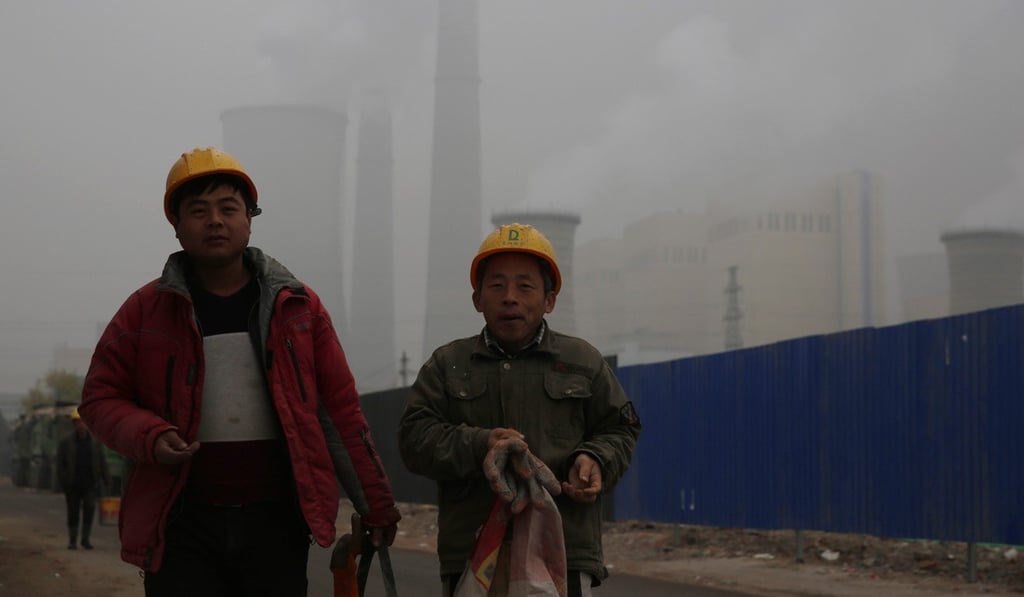The View | China’s green finance model shows how saving the planet can also be a savvy investment
- With the world’s largest carbon trading exchange, huge green bond market and plethora of green private equity funds, China has shown that well-crafted regulatory, policy and financial frameworks can spur private interest in green finance

Without private sector financing, China will be unable to muster the estimated US$1 trillion needed to meet its ambitious environmental goals. Government financing will only cover about 15 per cent of the total price tag.
As China has discovered, stimulus spending does not always ensure that government money is used effectively. Governments cannot command that private money be used to promote green development. Instead, they must create vehicles to attract these funds through a combination of good policy, incentives and disincentives, and a regulatory structure that promotes investment and green development.
Only through creating the right regulatory, policy and financial frameworks can China attract the needed private-sector financing to meet its goals.

